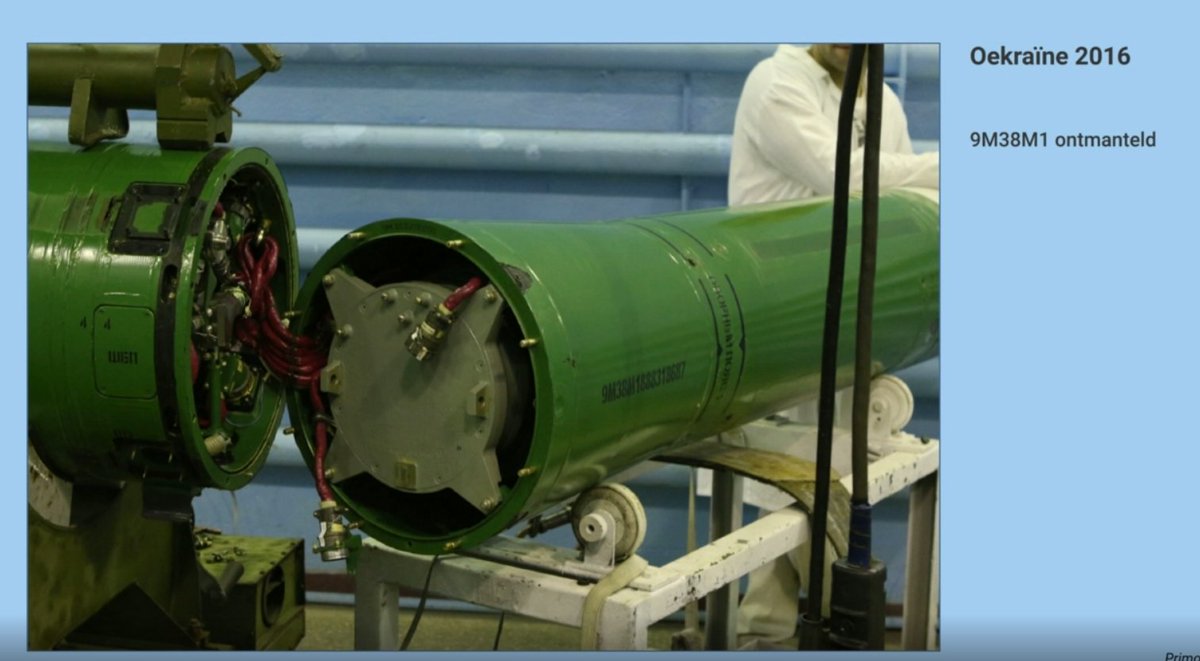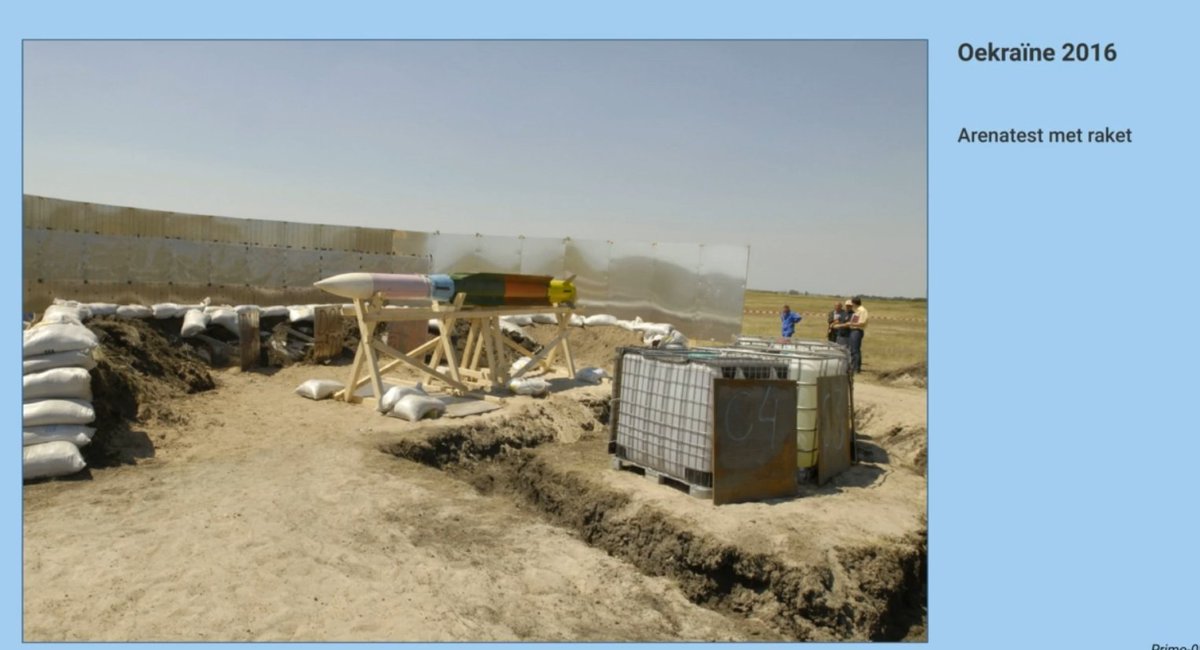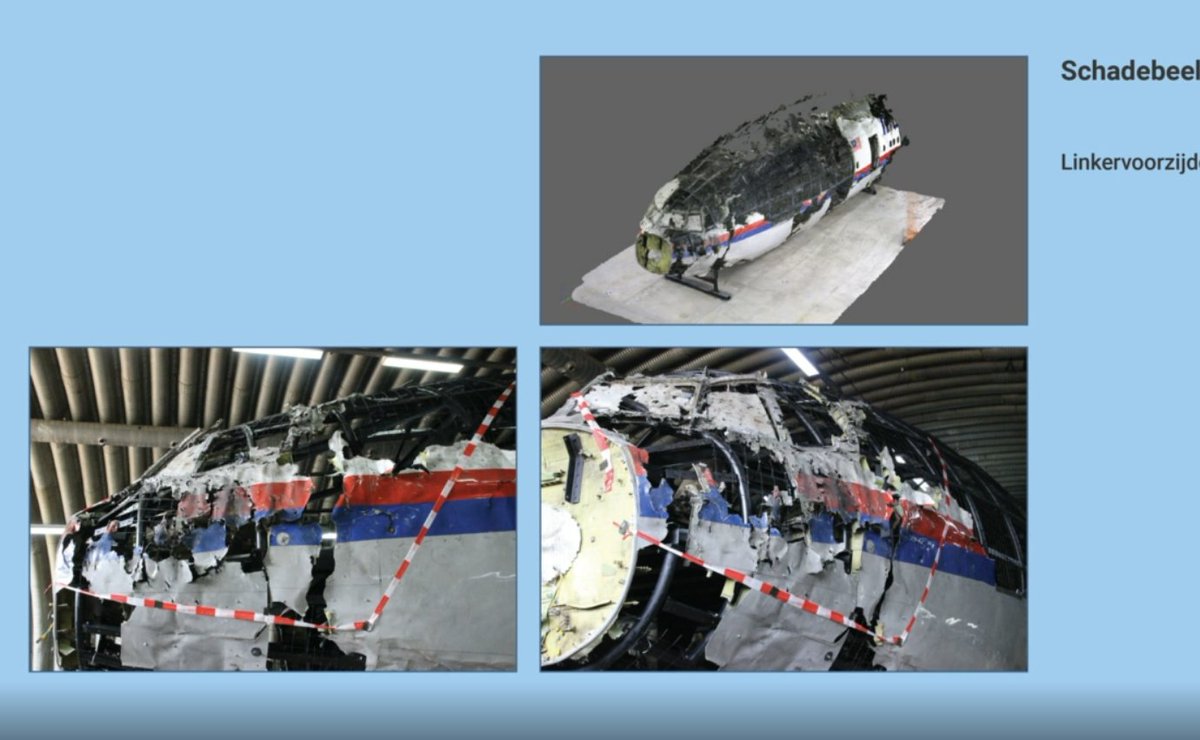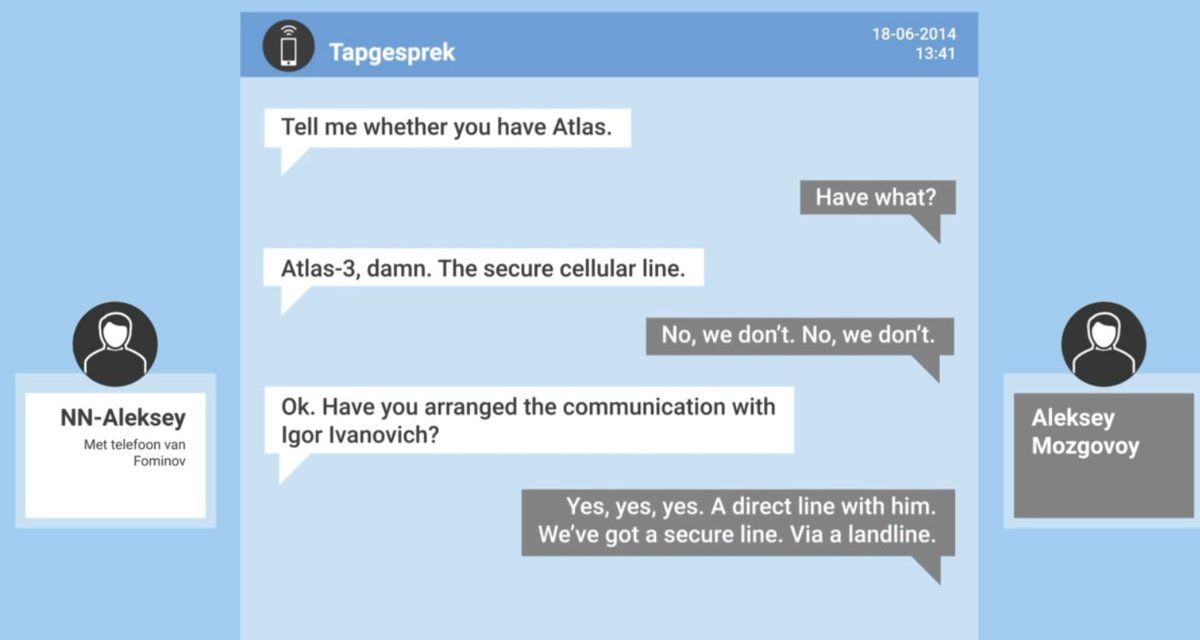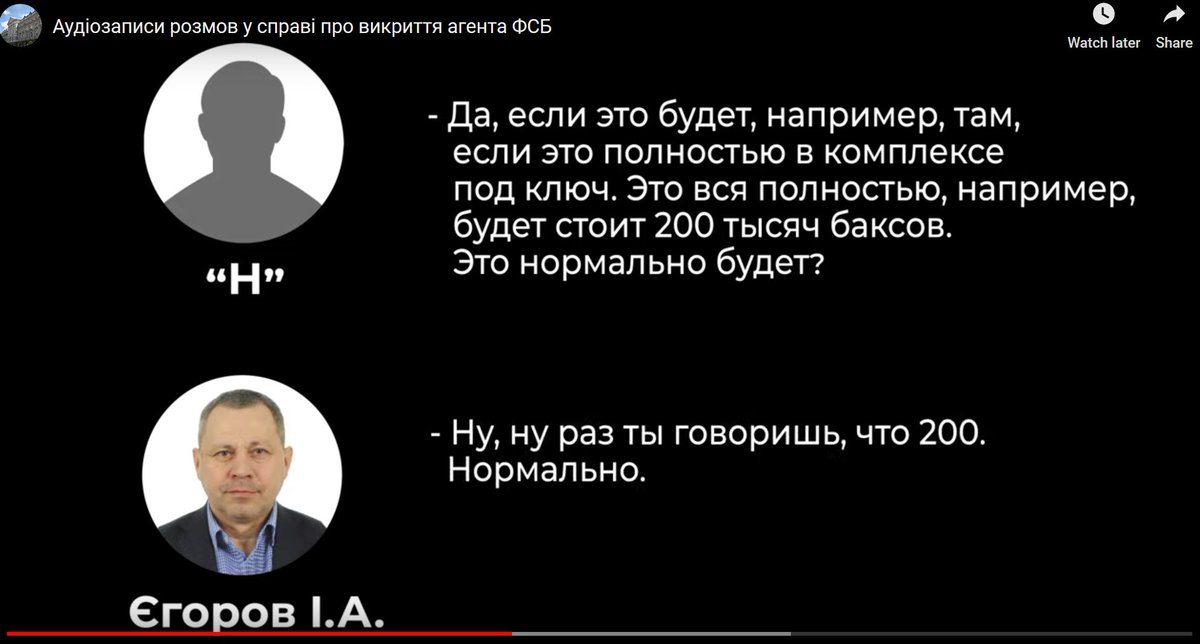Once again, court is likely to ask "why didn't he come here when we summoned him?"
* did defense really have no contact l with Pulatov since the start of coronavirus?
* does Pulatov feel not free to communicate except personally? We don't see a risk for Pulatov insofar as his position is aligned w Kremlin. If not, let's discuss in camera.
The prosecutor starts by providing context to the military hostilities in 2014
The judge proposes a half-hour break before resuming with - the telephone intercepts.
(The judge knows how to tease the next episode)

























